Text
Peronism, Children’s Literature and Political Propaganda

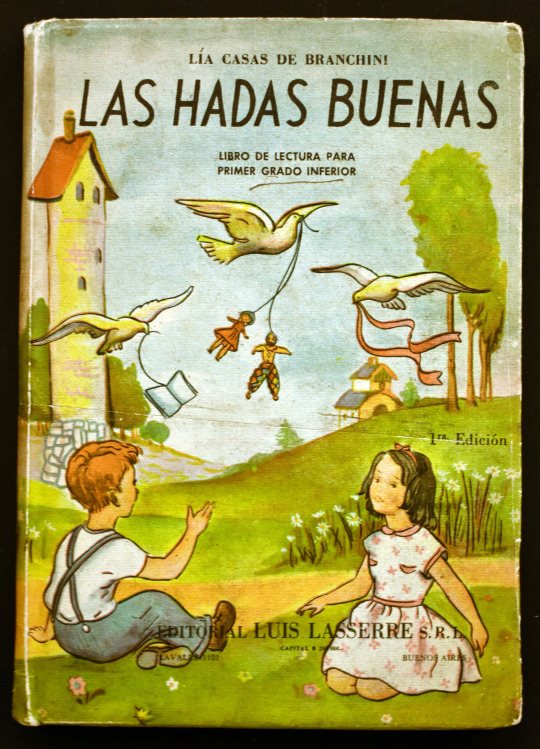


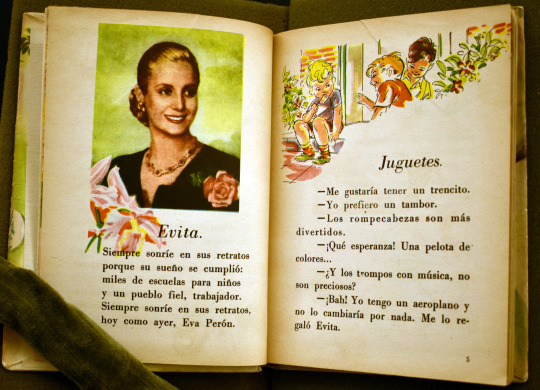

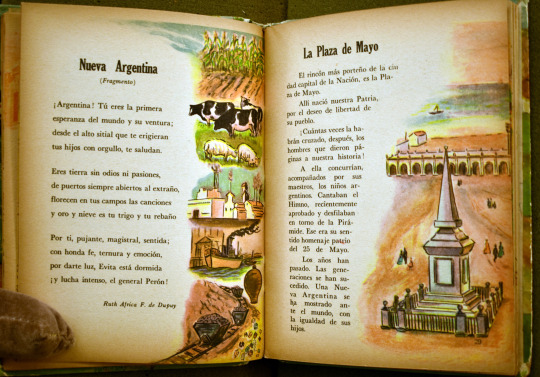
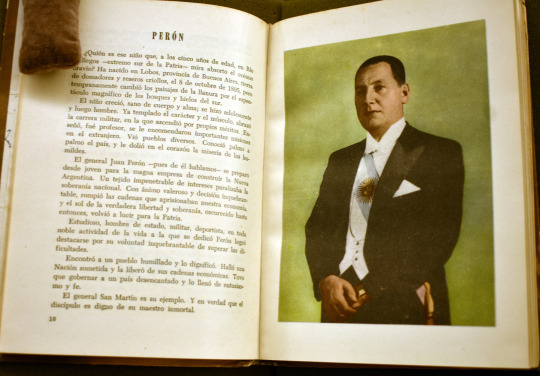

Privilegiados : libro de lectura inicial
Las hadas buenas : libro de lectura para primer grado inferior
Niños felices : libro de lectura para primer grado superior
El hada buena : libro de lectura para segundo grado
Buenos Aires: 1953-1955
Following the emblematic motto “the only privileged people are the children,” constantly repeated by Perón and Evita, a number of methods were developed to indoctrinate children in the ideology of the Peronist movement. One of these methods was the publication of school textbooks that offered children a simplified and didactic version of the government’s program and tenets of “national doctrine.”
From a graphic point of view, these manuals are excellent examples of what could be termed “Peronist aesthetic,” in which the omnipresent images of Evita and Perón were displayed throughout the texts.
111 notes
·
View notes
Text
Biblioteca del niño mexicano






Biblioteca del niño mexicano
México : Maucci Hermanos, 1899-1901
At the turn of the twentieth century, Spanish publishers the Maucci brothers commissioned Mexican artist José Guadalupe Posada (1852-1913) to illustrate a new series of children’s stories on the history of Mexico, the Biblioteca del niño mexicano. Each story was published with a colorful, and often rather gruesome, wrapper illustration depicting the contents within, and several black-and-white illustrations within the text. One of the first attempts to bring history to Mexican children, the stories were sixteen pages each, and were bound together, at about the same time, in thematic groups of about twelve.
Text in Spanish
124 notes
·
View notes
Photo

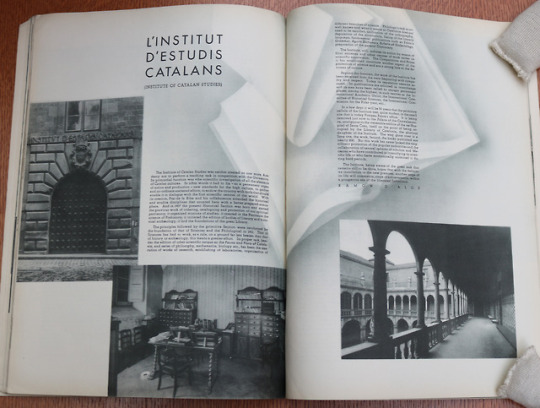
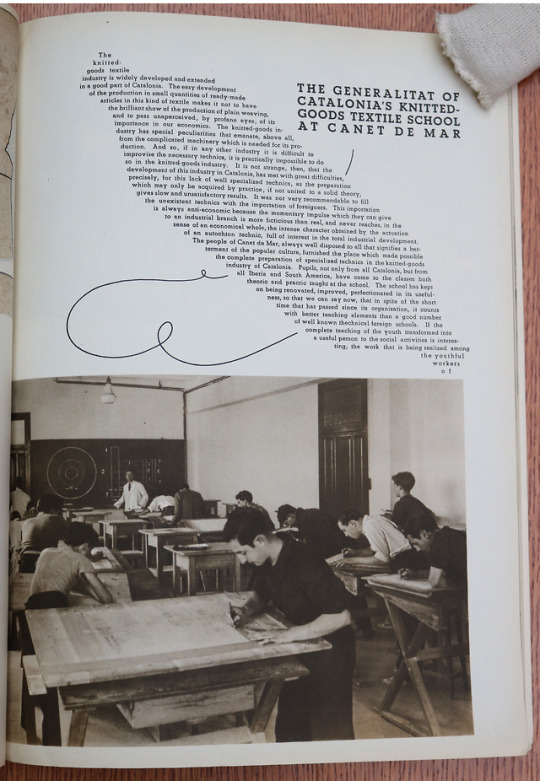

Nova Iberia magazine
Barcelona, 1937
This scarce Catalan journal was published during the height of the Spanish Civil War by the Commisariat de Propaganda de la Generalitat de Catalunya to promote Catalan culture and the worldwide struggle against Fascism.
Text in English and Catalan
#catalunya#cataluña#spanish civil war#propaganda#fascism#cultural journals#widener library#harvard library
3 notes
·
View notes
Photo

Quadrilles parées costumées, 1835.
HEW 14.7.9
Houghton Library, Harvard University
63 notes
·
View notes
Photo
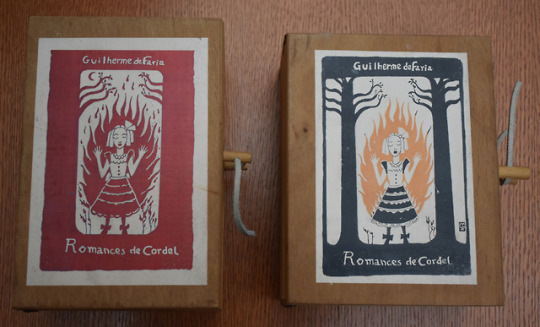







Romances de cordel
São Paulo, 2002-2004
Sixty Brazilian chapbooks, or "folhetos", of poetry, composed and illustrated by the São Paulo artist and engraver, Guilherme de Faria. The poems, arranged in 4-line stanzas, deal with love, rivalry, moral choices, fantasy, religious traditions, animal fables, and current events. All are traditional themes of the "literatura de cordel" of northeastern Brazil, a genre which incorporates diverse cultural elements, such as the Brazilian chapbook tradition, Brazilian improvised verse contests, medieval "romances" sung by Spanish troubadors, bible stories, and folk tales, including the folk narratives brought to northeastern Brazil by African slaves.
Text in Portuguese
0 notes
Photo

Noticia del recibimiento i entrada de la reyna Nuestra Señora doña Maria-Ana de Austria en la muy noble i leal coronada villa de Madrid, 1650.
Typ 660.50.615
Houghton Library, Harvard University
50 notes
·
View notes
Photo
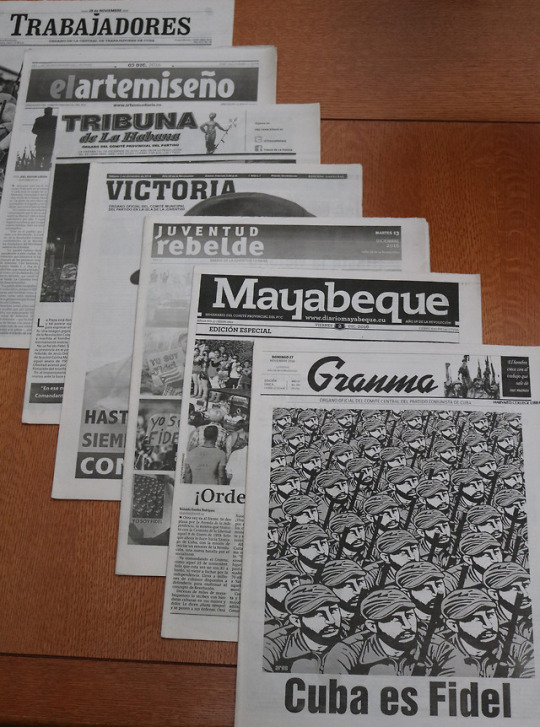
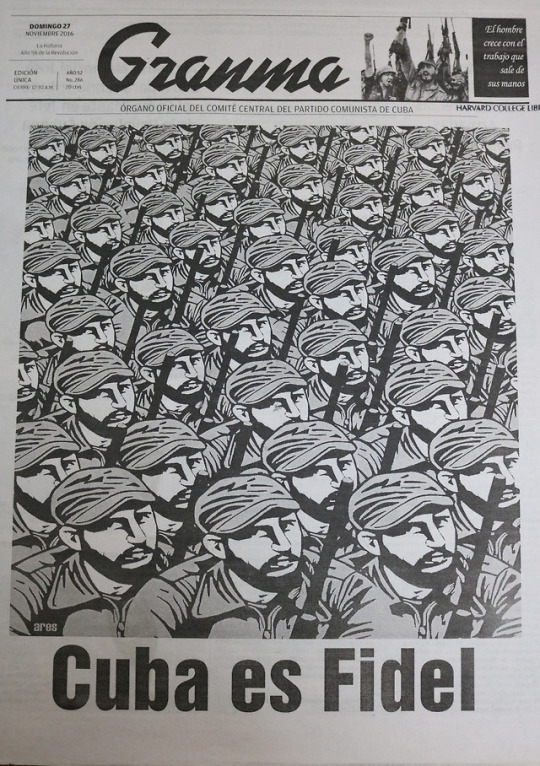
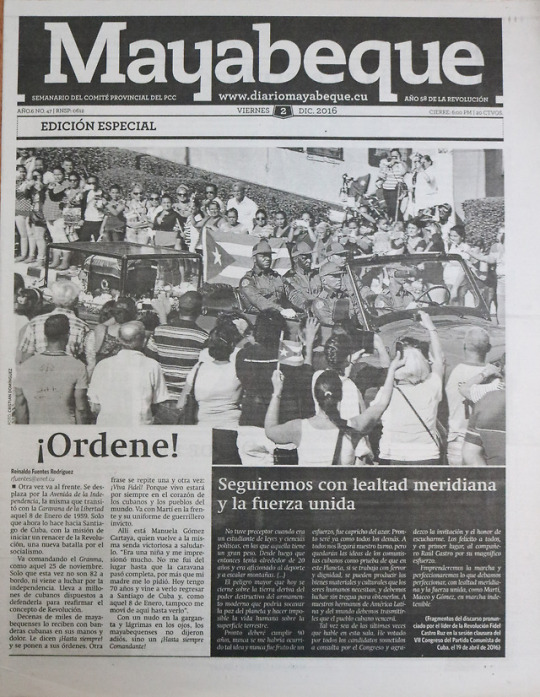

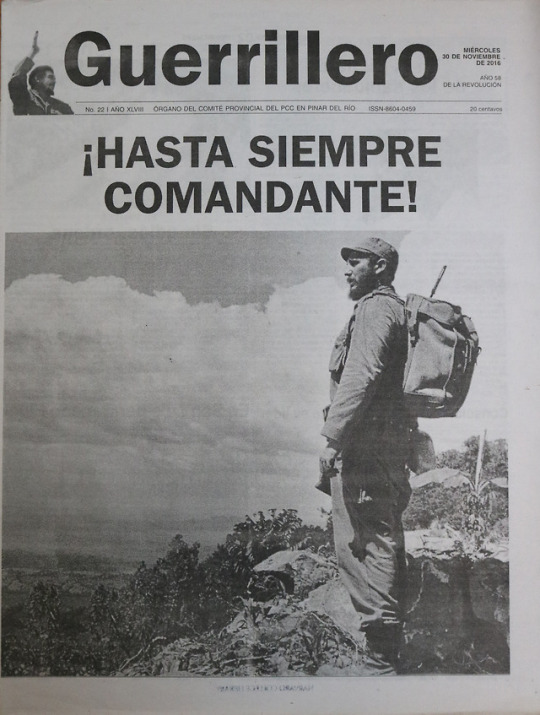

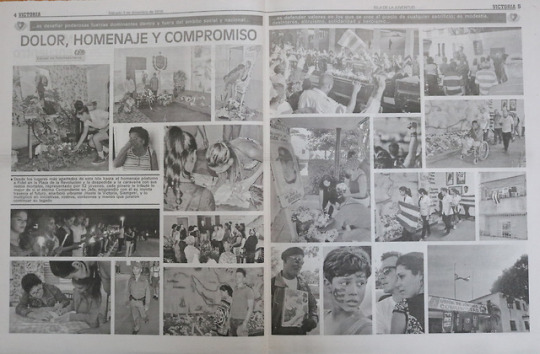

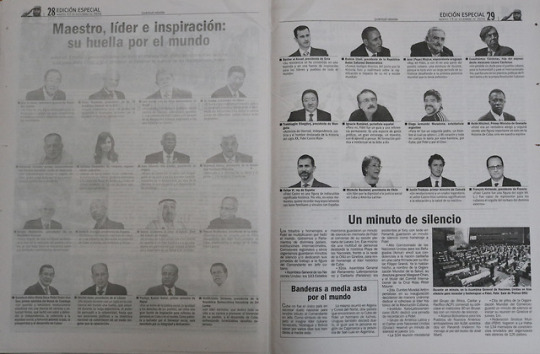


Archive of 9 Cuban Newspapers Reporting on Fidel Castro’s Death
La Habana, 2016
Fidel Castro’s death at 90 rocked the island which he had thrust onto the world stage. One of the newspapers, Granma, is named after the yacht that carried Fidel Castro to Cuban shores in 1956 to launch the Cuban Revolution. Castro remained in power for decades and defied 11 American presidents. The newspapers provide a snapshot into the political climate surrounding Castro’s death as well as detailed accounts and images of how his supporters in Havana mourned their beloved leader. The state-run publications tout the leader’s merits and successes throughout his time as commander in chief of the Caribbean island.
Text in Spanish, English, French, German, Italian
2 notes
·
View notes